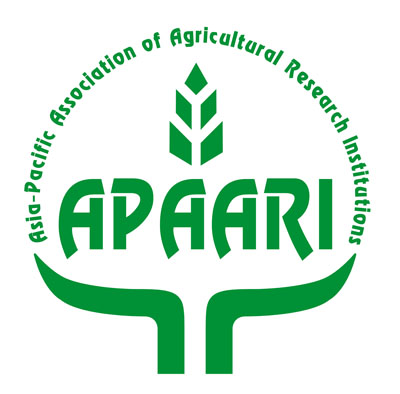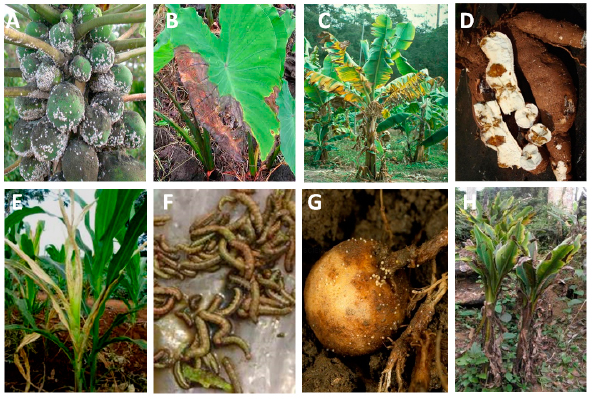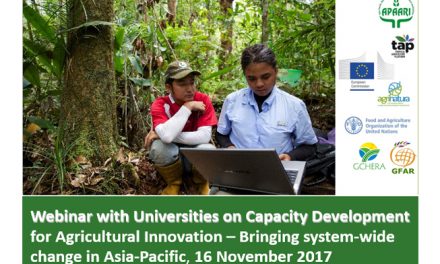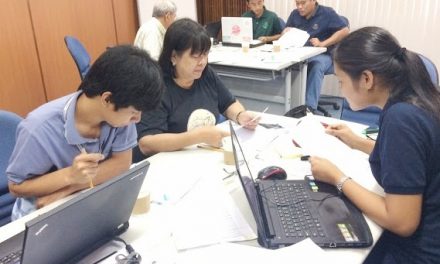Abstract
The inherent ability of seeds (orthodox, intermediate, and recalcitrant seeds and vegetative propagules) to serve as carriers of pests and pathogens (hereafter referred to as pests) and the risk of transboundary spread along with the seed movement present a high-risk factor for international germplasm distribution activities. Quarantine and phytosanitary procedures have been established by many countries around the world to minimize seed-borne pest spread by screening export and import consignments of germplasm. The effectiveness of these time-consuming and cost-intensive procedures depends on the knowledge of pest distribution, availability of diagnostic tools for seed health testing, qualified operators, procedures for inspection, and seed phytosanitation.
To download the full-text, visit this link: https://www.mdpi.com/2223-7747/10/2/328




